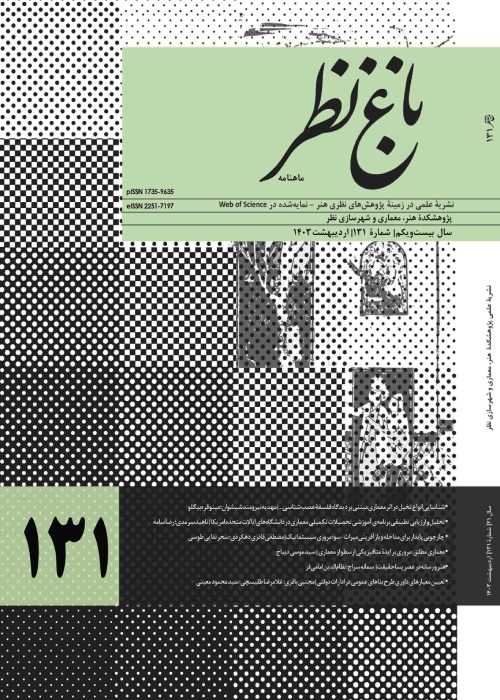An Assessment of Tehran Physical-Spatial Development Planning Laws; Using PLAF Model
Problem statement:
Despite the introduction of the concept of “sustainable urban development” - following the consequences of one-dimensional economic development - urban researchers still pay less attention to legal practices in this area. Laws are presented as a development framework, related to historical contexts, institutional capacities, etc., and their success is introduced in achieving “what is necessary”. since their success is not always guaranteed; to describe them, one must go beyond the level of a legal draft; and its implementation process and results should be studied as a whole unit. Therefore the research question is how Tehran’s physical-spatial development laws are based on the planning law assessment framework (PLAF) analytical model.
This study attempts to provide a descriptive-analytical study of the status of physical-spatial development planning laws in Tehran, on the path to sustainable urban development.
This applied-developmental research used indicators derived from the PLAF analytical model and carried out data processing by a group consisting of eight experts. Finally, the qualitative criteria measured, are quantified and compared.
Finally, the results of this mixed research showed on the path to sustainable urban development Tehran’s physical-spatial development law, is not in the desired situation both in terms of functional effectiveness and technical dimensions. Among the six thematic categories studied, the planning laws related to “building codes” and “land-based finance” are in the best and worst status in terms of “Functional effectiveness”, respectively. Also, the planning laws related to “Development Rights” and “public spaces” are in the best and worst condition in terms of “technical aspects”, respectively. The same situation is reflected in the final score, and the planning laws related to “plots and blocks” and “Development Rights” have the highest, and the planning laws related to “public spaces” have the lowest scores among all categories. Finally, it is noteworthy that the ultimate descriptions of this research can explain the legal reasons for the gap between the spatial situation of Tehran, between the desired vision of urban sustainable development.
- حق عضویت دریافتی صرف حمایت از نشریات عضو و نگهداری، تکمیل و توسعه مگیران میشود.
- پرداخت حق اشتراک و دانلود مقالات اجازه بازنشر آن در سایر رسانههای چاپی و دیجیتال را به کاربر نمیدهد.



